Calling all runners: Listen up! Before even hitting the pavement, it’s crucial to make sure your feet are decked out in the proper attire. Just as you probably spend some time choosing the right running shorts, sweat-wicking tee, wearable tech, and sunglasses, you need to dedicate the same consideration when it comes to your footwear. After all, running in the wrong shoes can result in a variety of injuries and issues you want to avoid at all costs, such as blisters, runner’s knee, and plantar fasciitis. We spoke with Anthony J. Yeung, CSCS, a fitness expert and the founder of GroomBuilder, who shares with us some qualities of the worst running shoes that hurt your feet. This way, the next time you head out for a jog or a run, you know your feet will absolutely be good to go.
Now, when it comes to selecting the right kind of running shoes, Yeung also shares some pro tips. He stresses to not corner yourself for the wrong reasons. “Don’t force yourself into a brand or style,” he says. “If you’re married to one name (ex. Nike, Adidas, ASICS, etc.), branch out. Your perfect shoe might be a brand you’ve never bought before. [And] don’t worry about style. I know—this goes against every TV commercial, but your best running shoe might look plain. Save the style for your casual kicks.”
In addition, you should look for shoes with a sturdy heel box. “It shouldn’t collapse inward when you push on it from the back or from the outside part,” Yeung says. “When you bend the shoe with your hands, it should bend at the toebox, not at the center.” And lastly, Yeung recommends saving your shoe-shopping excursion for the end of the day. Why? Well, throughout the day, your feet actually expand from standing, walking, etc., so shopping later in the day will help you find a more true fit.
Now, let’s get into some of the worst running shoes hurting your feet. And when you’re done, be sure to check out the 6 Daily Habits That Are Completely Destroying Your Feet.
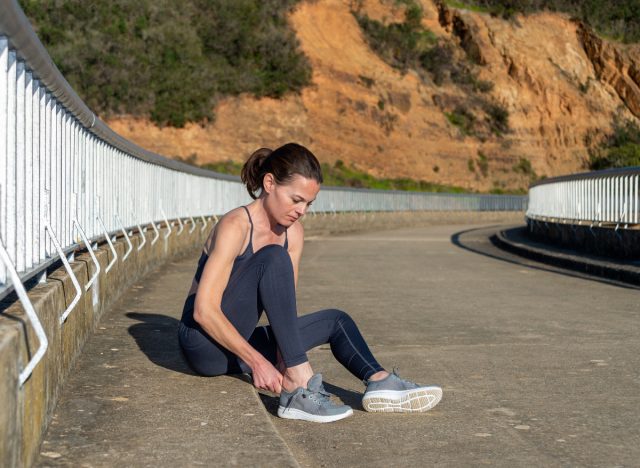

“While small often refers to length, it can also mean the width, too,” Yeung explains. “It should feel comfortable, not like you need to stretch it or ‘break it in.'”
According to REI, if you experience any numbness or tingling in your toes, that’s a telltale sign there’s not enough volume in your running shoes, or your footwear is too narrow or short. If you’re running in sneakers that are too narrow, it can result in major issues, so you’ll want to ditch them ASAP for a new pair that fits better. In addition, if you have blistering at the top of or between your toes, the sneakers you’re wearing are likely too small for your feet. A bruised toe or toes can also indicate your shoes are too short. Beware of these red flags, and don’t drag your feet if you realize you need to return your sneakers for a pair that offers a better fit.
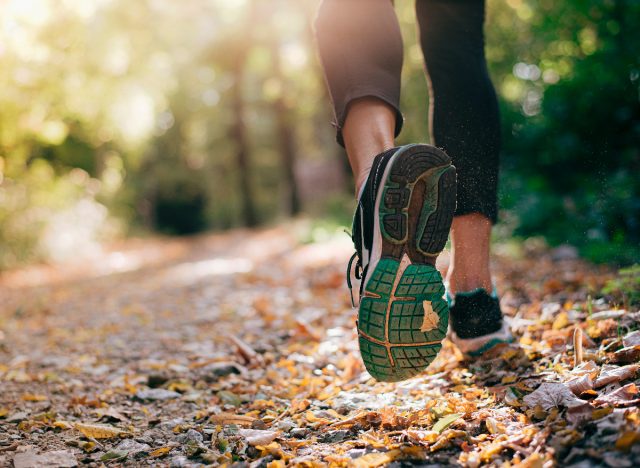

We’ve established that running in sneakers that are too small for you can wreak havoc on your feet, but did you know that shoes that are too big can be just as detrimental? “Roomy shoes can feel nice at first, but it can mean your feet slide and shift around when you run, which can interfere with your technique or even hurt your feet,” says Yeung.
If you notice blisters forming on the ball of either foot, your sneakers likely have too much width to them. Blisters arise when there’s excessive friction between your feet and the inside of your shoes. A pair that fits correctly won’t move around and cause that friction, according to the University Foot & Ankle Institute. Even more uncomfortable side effects of wearing sneakers that are too big for you? Metatarsalgia, calluses and corns, broken toenails, and greater susceptibility to falls.
READ RELATED: Why EMR Implementation is Becoming Increasingly Popular in India?
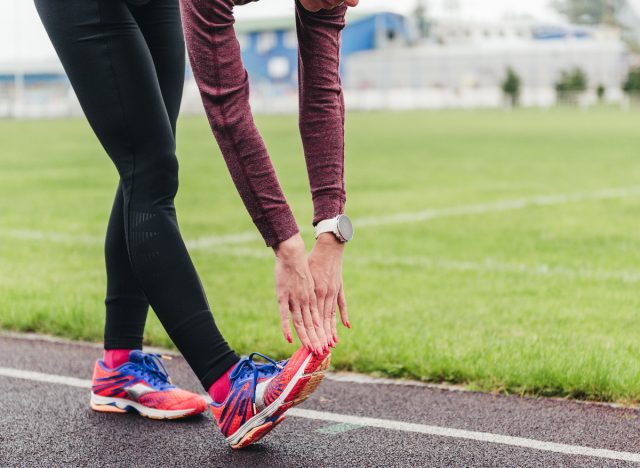

Of course, you want your running shoes to be flexible—to an extent. But too much of anything is usually not a good idea. According to Yeung, “‘Minimalist’ shoes aren’t always the best thing for runners, especially if your feet aren’t great (ex. low arches, poor stability, etc.). They offer no support and are too pliable.”
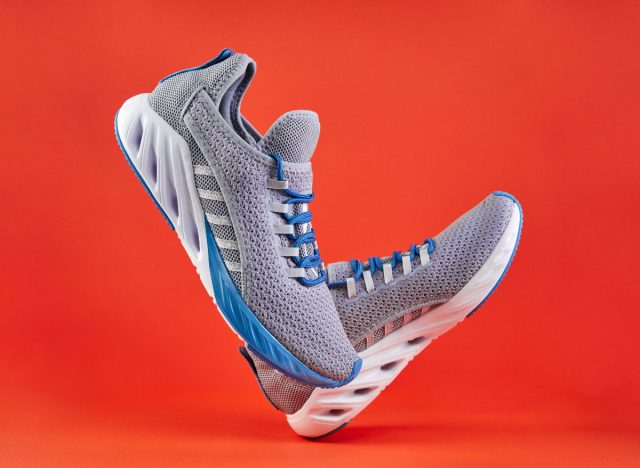

Another thing to beware of? Running shoes with too much cushioning. “Avoid those shoes where you’re walking on an inch of foam and cushioning,” Yeung says. “It’s harder to run with good technique and you won’t be able to sense the ground, which is important feedback.”
Cushioning in shoes has become a go-to way to control the amount of impact being put on runners’ legs, along with running injuries. But to researchers’ surprise, the increased cushioning in many of today’s running shoes can actually increase stiffness in the legs and exacerbate impact loading.
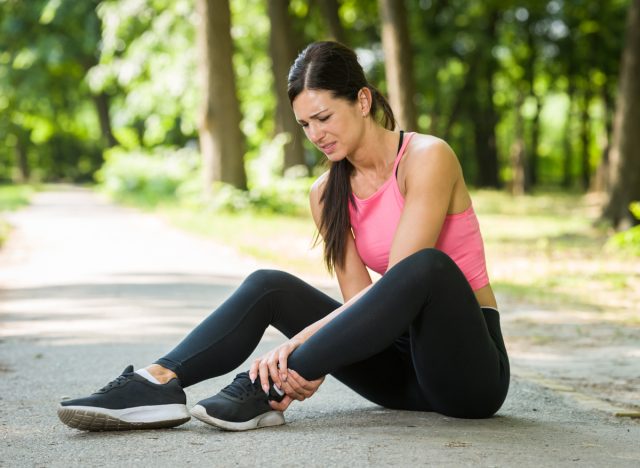

Last but certainly not least, avoid running shoes that can cause you to slip. As you get older, your risk of falling and becoming injured is heightened—don’t increase that risk by wearing improper footwear when exercising. “Even if a shoe feels good around your toes and arches, if your heel slips out when you walk, it’s a no-go,” Yeung stresses.
Alexa Mellardo









